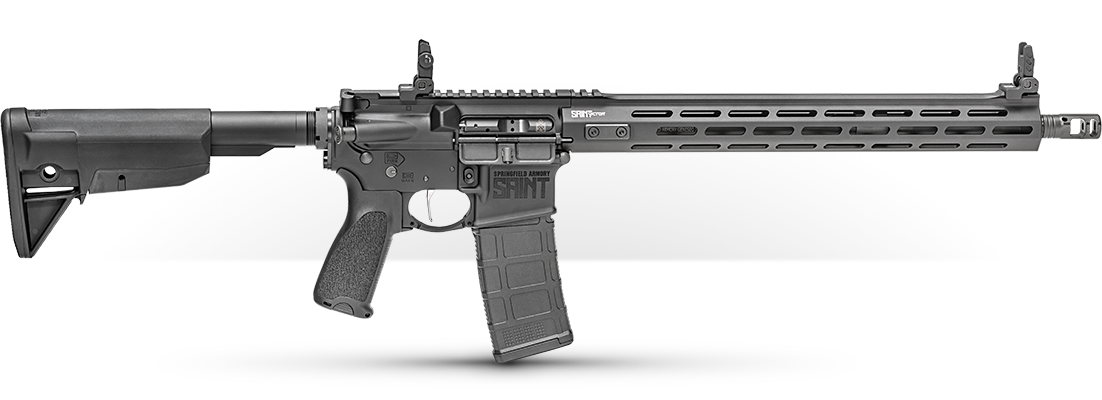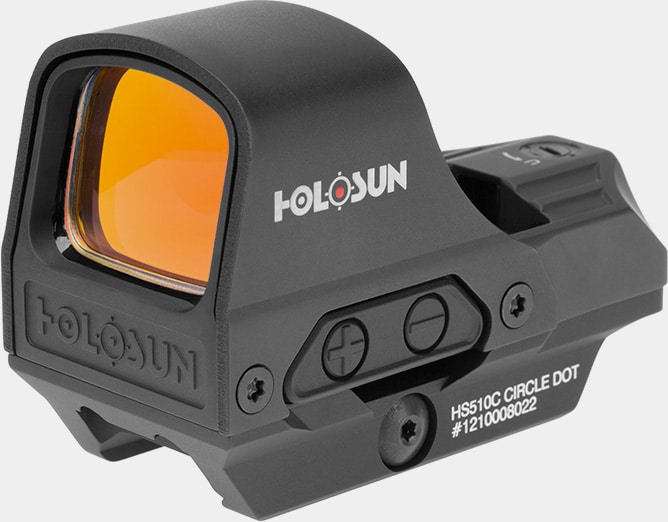How to Survive a Home Invasion
June 12th, 2025
9 minute read
As a police officer, you become burdened with a lot of things. Over the years, I worked many felony cases, and one of the most effective home invasion robbery defenses I investigated really stuck with me.
It occurred when the victim heard the suspects hammering at his front door. The victim retrieved his handgun and retreated to an adjacent hallway. He used the front doorway as a fatal funnel and dissuaded the three attackers, resulting in one fatality and two wounded. He was legally justified. No charges.
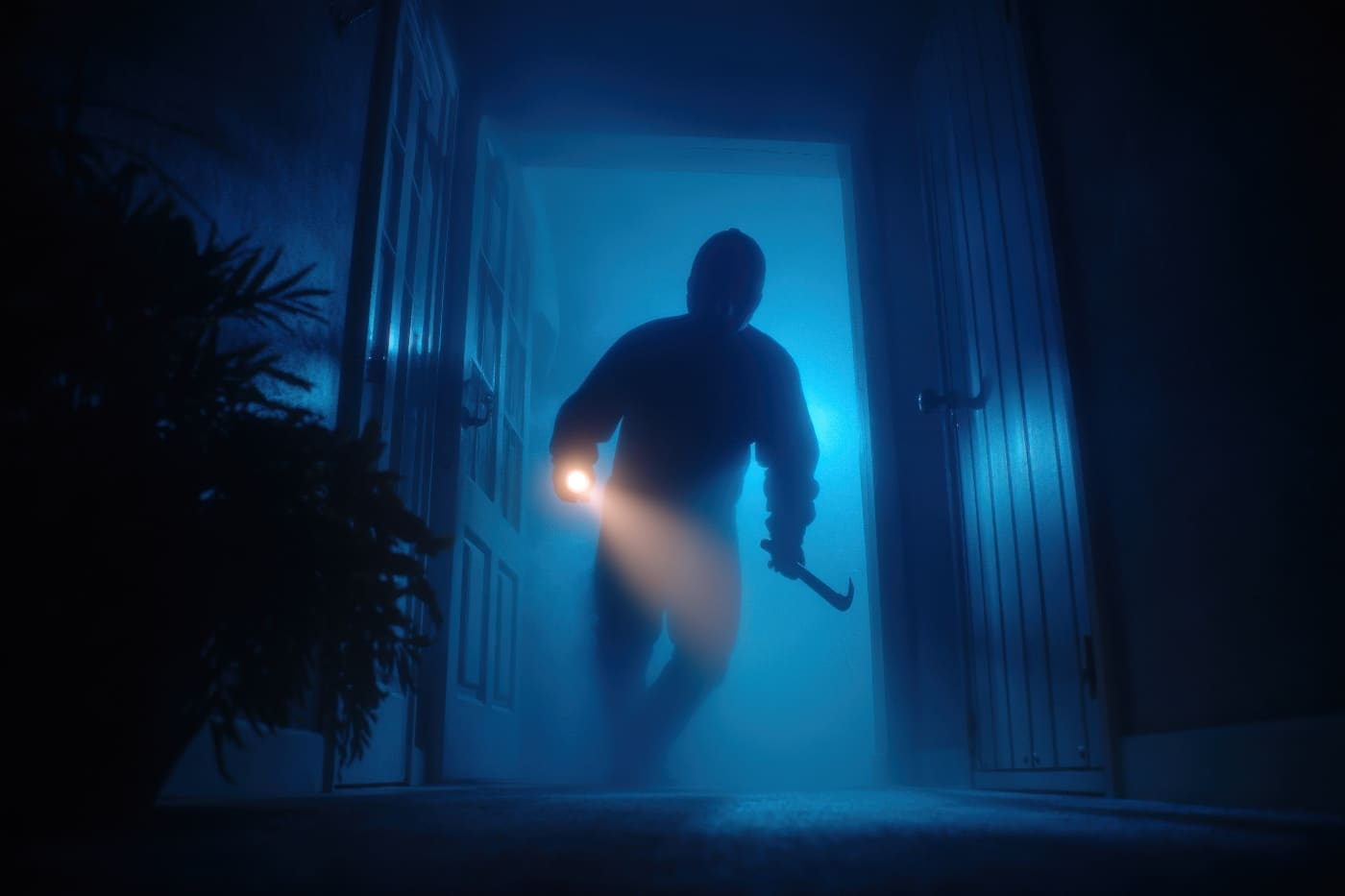
As clear as the victim was from a lawful standpoint, it was sobering for him as he frequently sat on that same couch in the evenings with family or friends. Luckily, he had no visitors that night. I could see in his eyes that he could envision a much more horrible outcome.
What Is a Home Invasion Robbery?
A home invasion robbery, or home invasion for short, is the takeover of an occupied residence by perpetrators who intend to deprive the owners of money or other property during which there is the use of force, violence, assault or fear. This definition varies by state, but the core concept is the same regardless of written code.
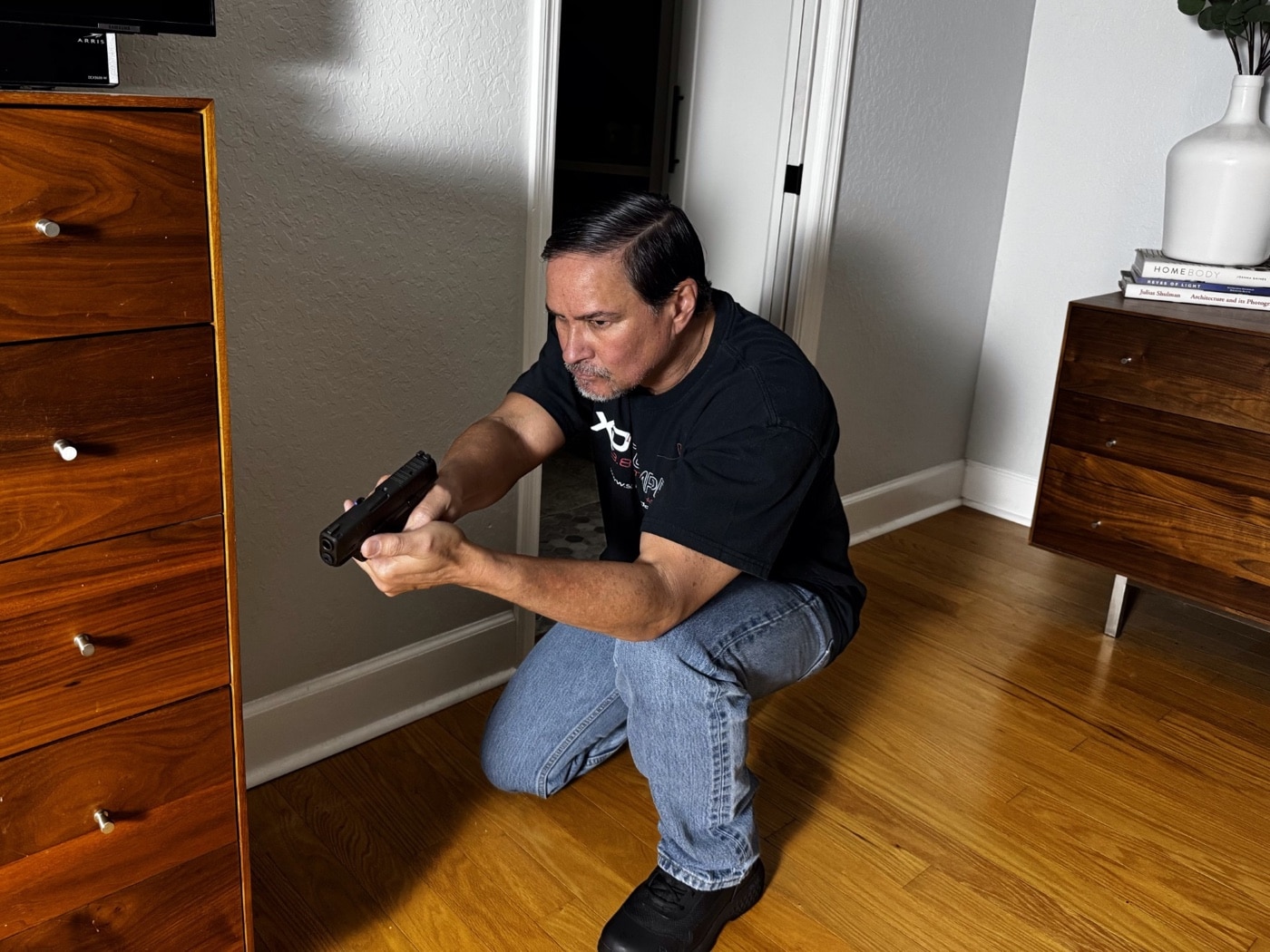
The purpose of a home invasion robbery is for a criminal to take something you have that he or she wants. Even those of us with modest means own items of worth. Unfortunately, the more you have, the more tempting you are as a mark. The victim of a residential invasion may also be the subject of sexual assault, kidnapping or murder. None of the possibilities are good.
While luck may be one key to surviving such an attack, most of us would cite planning as the most successful prerequisite for living through such an experience. Before formulating a plan, we must know the tactics we will confront.
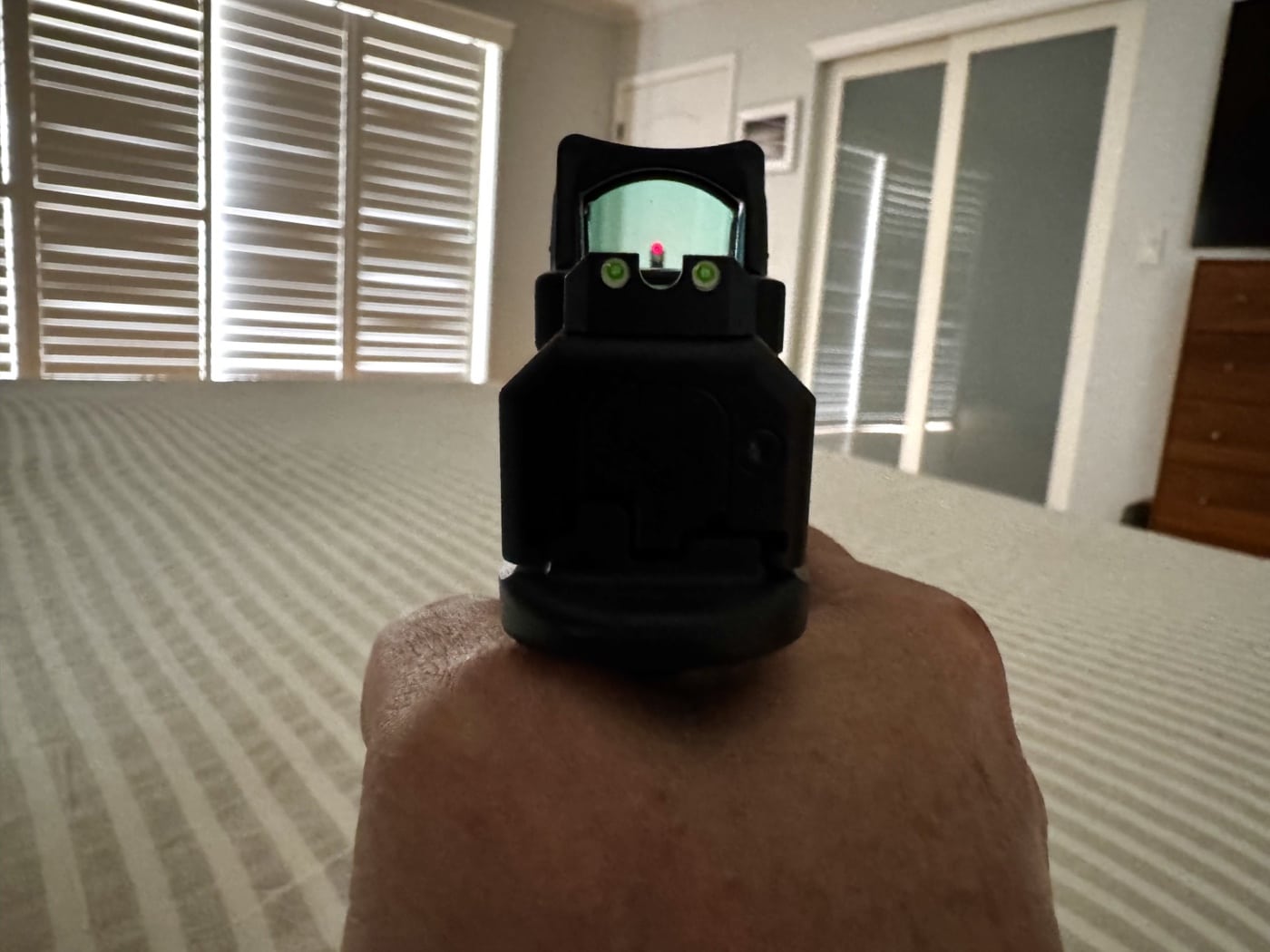
Functionally, I guess I have been in the home invaders’ footwear. Having participated in hundreds of high-risk tactical entries, I know what it is like to hit a door and flow into the unknown. The very doctrine that works well in hostage rescue will be used by home invaders: Speed, Aggression, Surprise.
This doctrine, also known as Speed, Surprise, and Violence of Action, was imported to U.S. SWAT teams in the 1980s from the British Special Air Service regiments. It means to overwhelm a target in all aspects. Home invaders will use this against you. Remember the SAS motto: “Who Dares Wins.” So, let us move to constructing our plan.
The Steps to Surviving a Home Invasion
There are a number of steps you can take to improve your odds to survive a home invasion robbery. Let’s take a look at them.
Step One — Harden the Target
The doors and windows of a residential structure are entry points. Addressing the points where a criminal may gain access to your home should be the first part of your plan. If bad guys cannot get in, you should be safe.
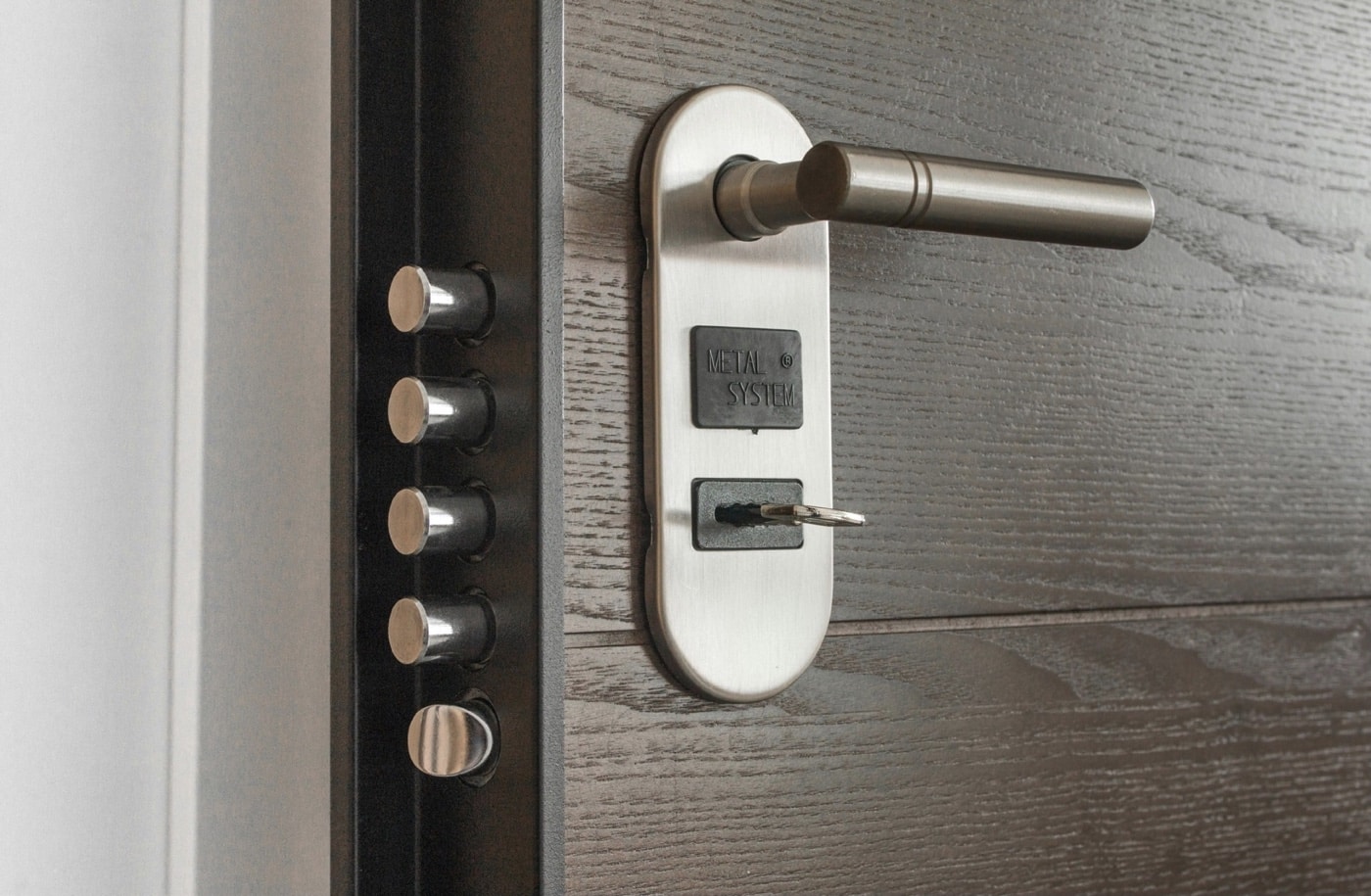
Fortified doors and frames, advanced locks and security windows can thwart most empty-hand attacks and many that would occur when tools are used. If your home can survive a sledgehammer-wielding suspect for even three to five minutes, you should be clear to continue your tactical plan.
In a decade of working cases as a robbery/homicide detective, I found that the most often used breaching technique in a home invasion was a hard kick to the front door. Unfortunately, it often worked, and people were injured or killed.
Step Two — Early Warning Systems
These give you a call to action. With hardened points of entry and advanced notice, you have bought time to react. Dogs are excellent at knowing when something is not right and letting their owners be aware. Large or small breeds work fine as long as they are alert and noisy. That alone may drive off invaders. A trained protection dog can also add an extra bite to your defense.

Other early warning systems can be alarms, cameras and floodlighting. These electronics should be on motion sensors for instantaneous notification. I have motion cameras that capture my front and rear doors and sliding glass doors. I want to know what is coming and from where, so I can engage the rest of the steps of my plan.
Step Three — Family Management
If you have a spouse, children and/or other people in the home, they should know what is expected of them, just like prepping for a fire, hurricane, tornado, flood or other emergency.
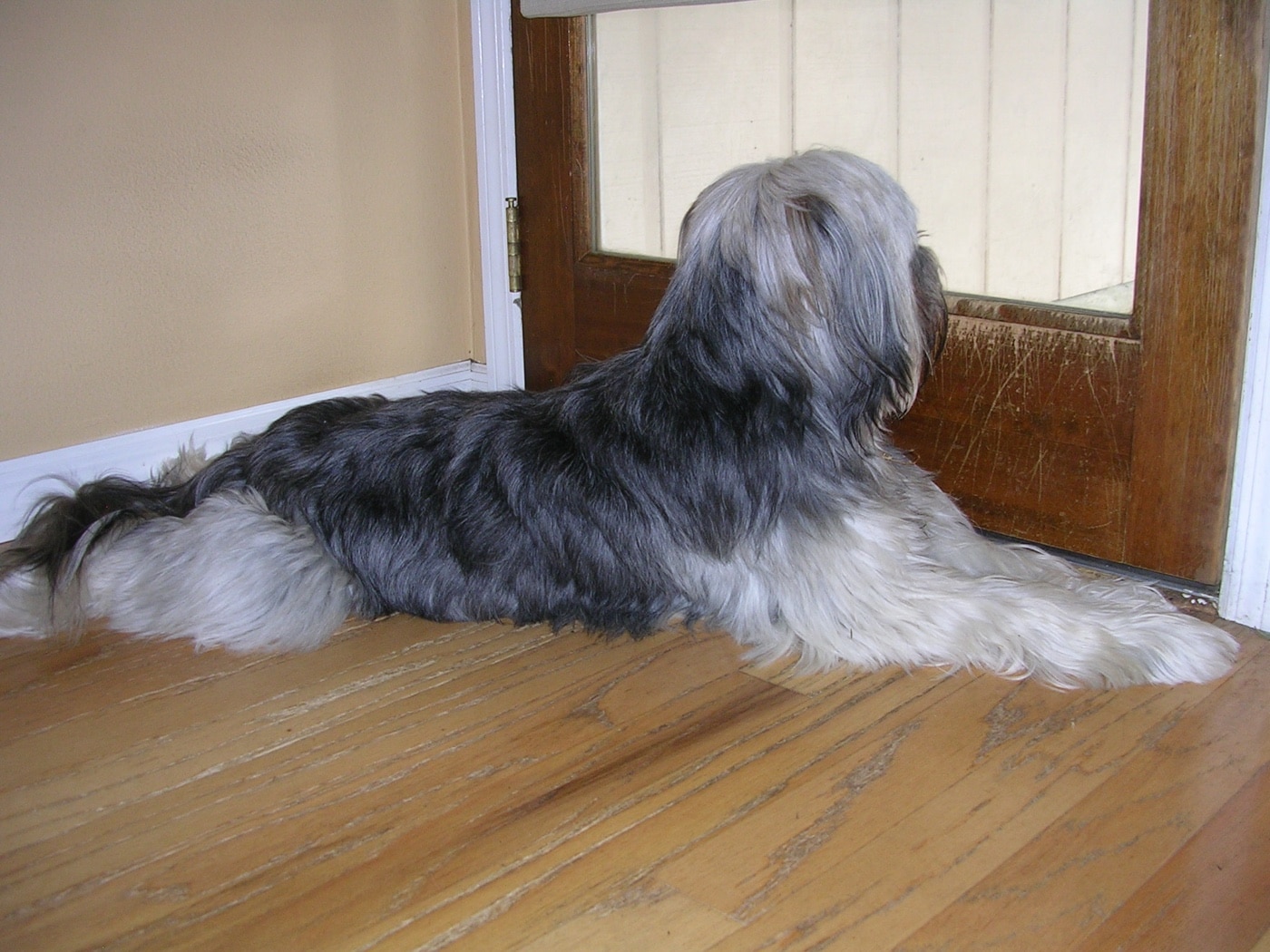
A good plan includes communication and succinct instructions. For example, I have two areas of my house where the occupants are instructed to rally and hide while I get to business. If I exclaim, “Bedroom!” they know to go to the primary bedroom and seek concealment. If I say, “Office!” the same drill applies.
My home has a three-bedroom/two-bath ranch-style structure, and these two rally points are logical for my layout. You will have to assess what makes sense for defensible areas of your house. If you have an up-armored safe room, you are way ahead of the game — and I envy you.
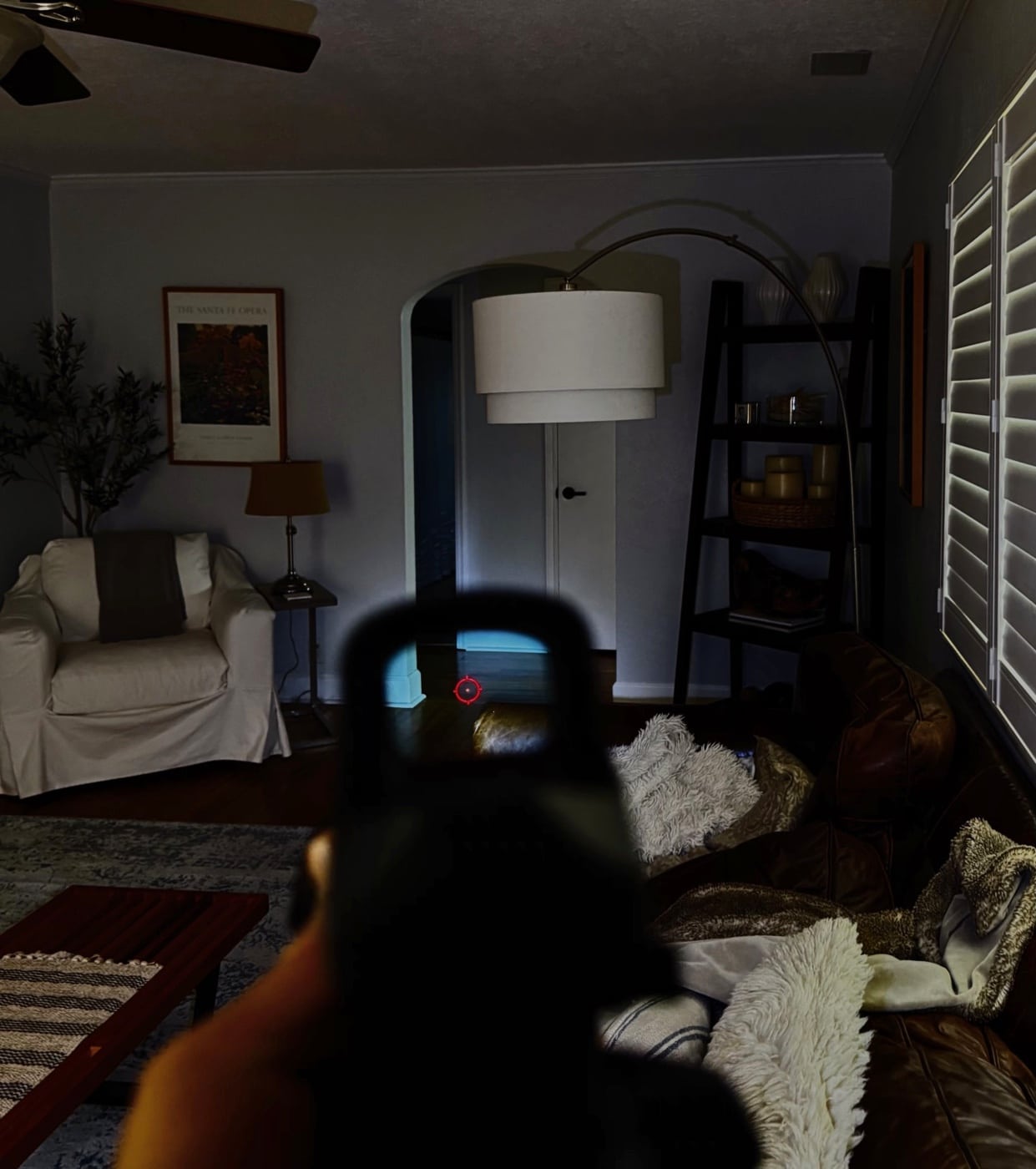
So, we have made the house reasonably fortified, we will be notified if something wicked is coming, and the family knows where to retreat. If this is as far as you can take your defense, and you wish to call 911 to wait for a police response, then that is your plan.
And believe me, I have been on the Motorola end of the 911 robbery call, popped open the secondaries on the four-barrel carb (now fuel injection) and snapped the Unitrol switch full right for the lights and noise show. When seconds counted, I was only minutes away…
Step Four — Defensive Tools
I’m really not going to bandy about the caliber wars or hand cannon versus boomstick. If you are going to defend your domicile, know your local statutes about castle doctrine, stand your ground, duty to retreat and lawful self-defense.
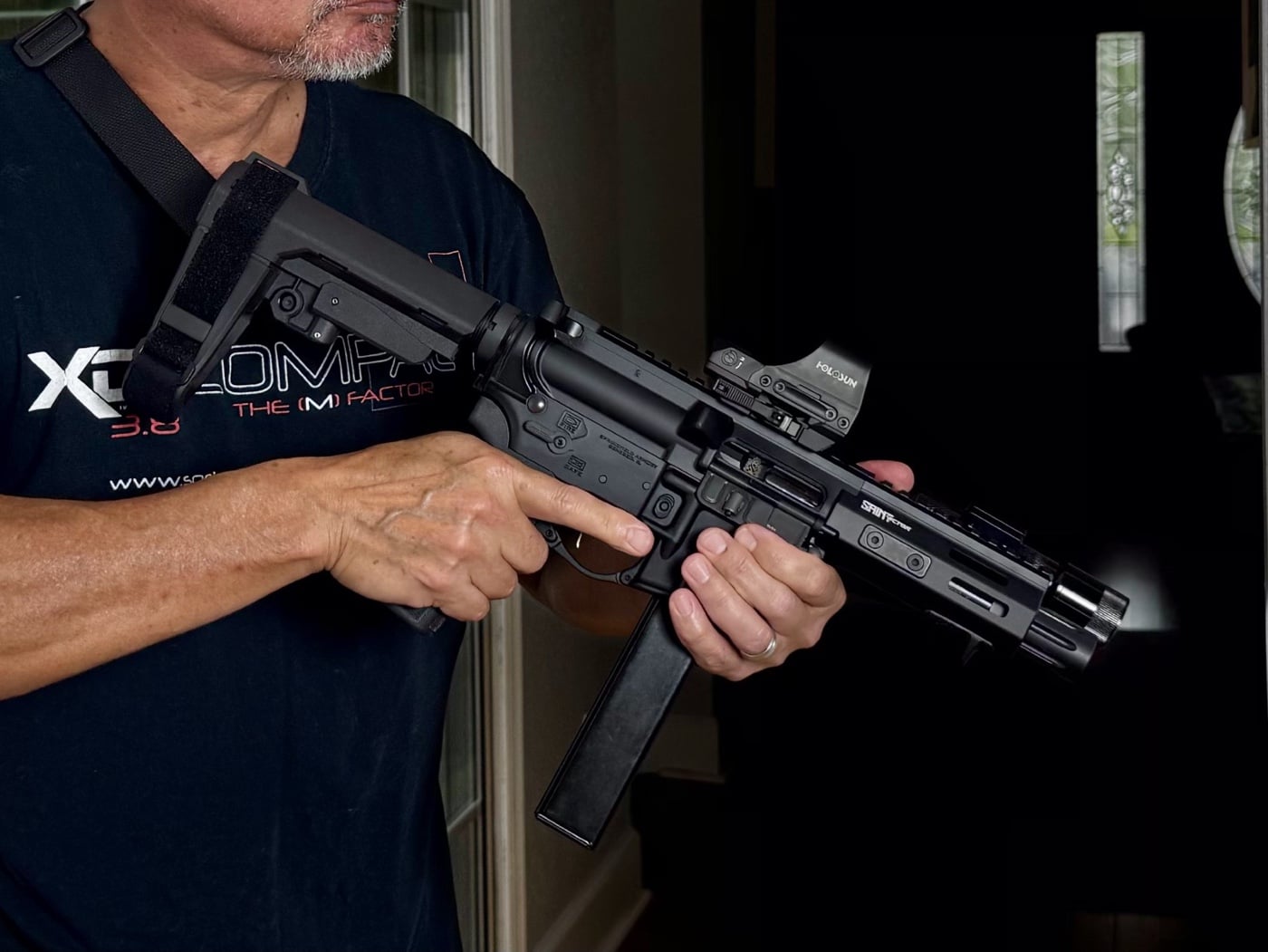
If you live in a draconian place where firearms are not legal, then you had better receive instruction in the use of a sword, baseball bat or another melee weapon of your choosing if legal. Training is also key with guns. And not just how to fire it, but how to fight with it. There is a plethora of academies and classes that can help you in this respect.
Choosing a firearm should be a personal decision based on your levels of skill and comfort with it. Learn to move and shoot well. Learn tactics. I have a Springfield Armory SAINT Victor rifle, SAINT Victor 9mm pistol, an Echelon 4.5F, and my Hellcat OSP handy with reloads for all. There is body armor available if time allows.

The editors sent me the SAINT Victor 9mm Pistol to evaluate. I fitted it with a personally purchased Holosun HS510C Reflex sight, Magpul MS-1 two-point sling, and an old SureFire P60 light — terrific upgrades, in my opinion. I really like the SAINT Victor pistol’s diminutive size for room clearing. Houses tend to have more confined spaces than commercial buildings, and this one maneuvers on rails in tight corners.
Rally points are a good place to keep old but fully charged cellular phones for a call to 911. You will be busy, so designate someone to dial and relay information. You may have to pre-rehearse details such as clearly stating the address, that there is a home invasion robbery in progress, who lives in the house, how they are dressed and what is currently occurring. Suspect info can be given if it is evident. It will be chaotic, so choose the best person for this task.
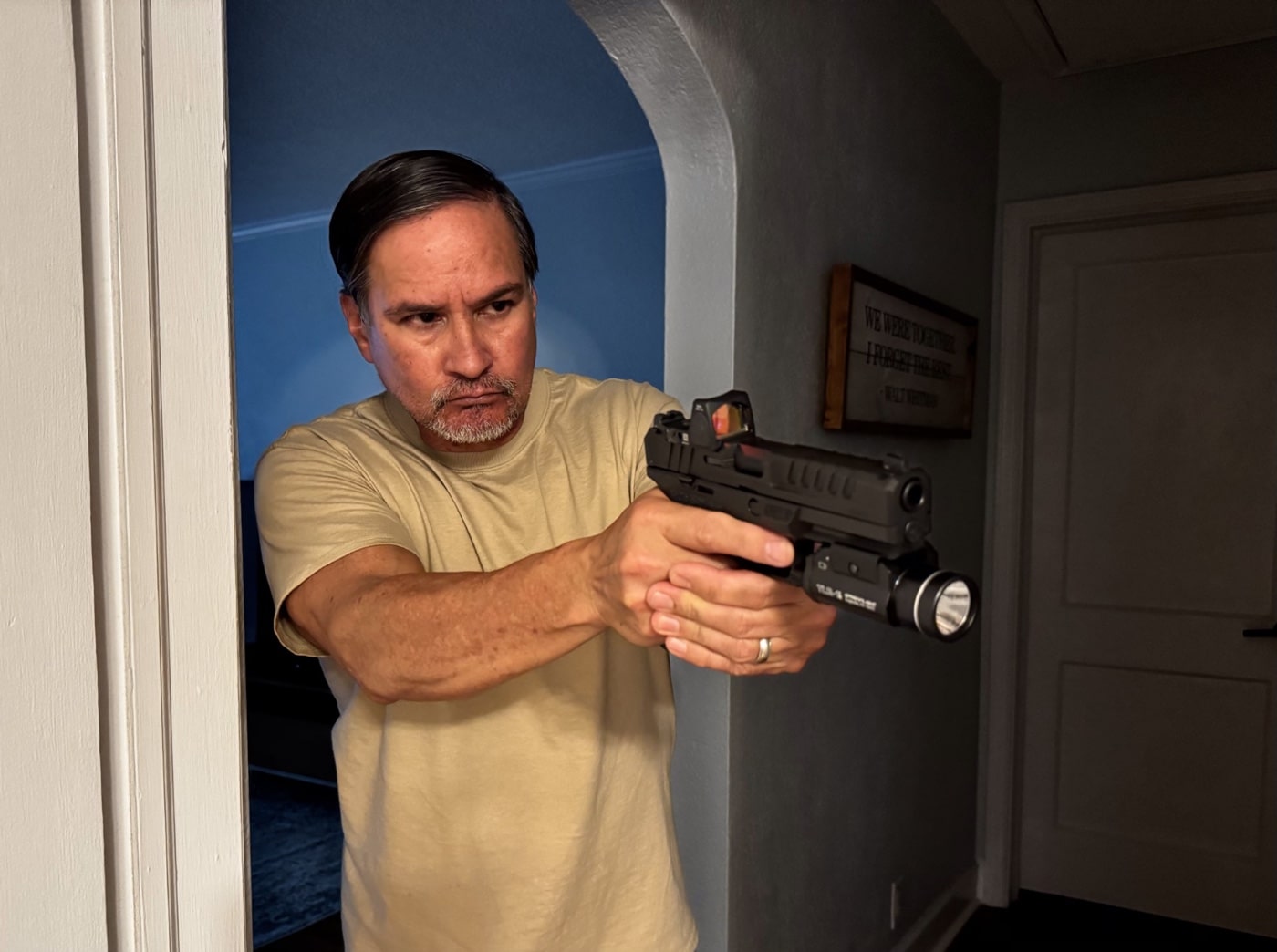
Firearms safety dictates that home guns are accessible to you and others authorized, but no one else. Safes, gun boxes, concealment furniture and trigger locks must be able to be opened by an authorized person in seconds. There are many such devices on the market. They can cost a little or a lot. You place the price on your family’s safety.
It may be prudent to give family members familiarization courses with firearms in general and specifically with the ones in the home that may be employed at a critical moment. That is very dependent on your own family, though.

Know the difference between cover (stops bullets) and concealment (doesn’t stop bullets). There is little actual cover in a residential home. Corner bead or wood molding will not help. You need to know what layers and levels of your house your rounds will penetrate. This is not a time for friendly fire.
Step Five — The Aftermath
You have successfully survived. Here are some things to consider. It is ideal to have medical kits at any of the rally points in the home. The medical supplies must contain gunshot trauma equipment, such as tourniquets, bandages and gauze, clotting agents, chest seal packs and related items. I have been very satisfied with products from North American Rescue. Combat casualty care is another area in which to become informed.
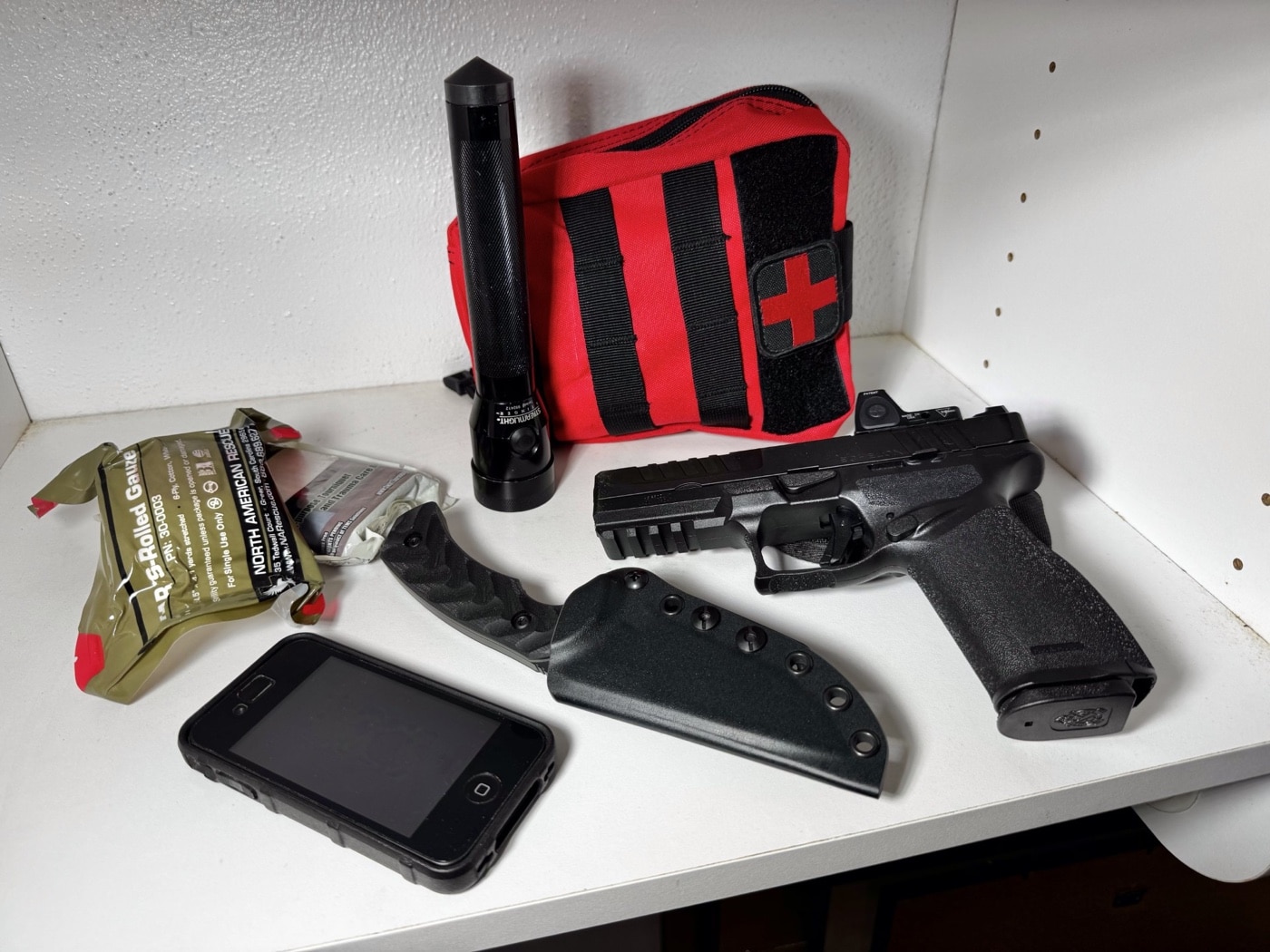
Hopefully, a call for first responders has been placed. If the threat is over, your home will now be considered a crime scene. Preserving this scene may be the best evidence of a justified use of force. Upon the arrival of the police, be disarmed with your hands fully visible. At this point, you must decide if you need to consult an attorney. From a detective’s standpoint, I appreciated a victim at least giving us a brief statement.
And now for the disclaimer grande. I cannot possibly cover all the variables, and I would love to hear about anything I may have missed in the comment section. Protecting your loved ones is a sobering prospect that demands study.
Conclusion
The stunned victim who survived his attackers at the beginning of this article would not be the only one with whom I shared a moment over the years. But it was the best example of a determined homeowner with a plan. His unfortunate circumstance is also a valuable defensive lesson for all of us.
A home invasion is a dynamic event. If we are going to control the situation, we need to remain calm. Fear is normal in this circumstance, but having a tactical plan helps to allay this emotion by giving us a rational response upon which to focus. Practice to prevail. Stay safe.
Editor’s Note: Please be sure to check out The Armory Life Forum, where you can comment about our daily articles, as well as just talk guns and gear. Click the “Go To Forum Thread” link below to jump in and discuss this article and much more!
Join the Discussion
Featured in this article
Continue Reading
Did you enjoy this article?

 487
487




